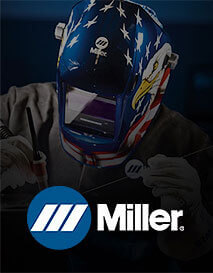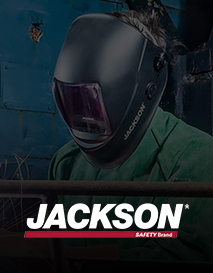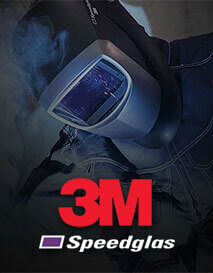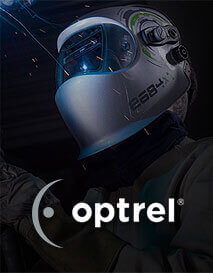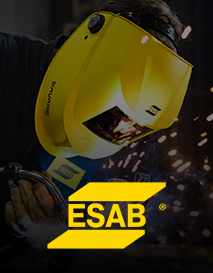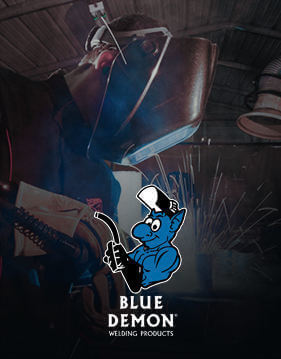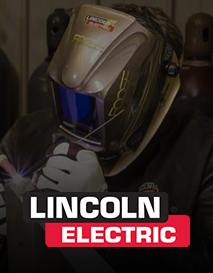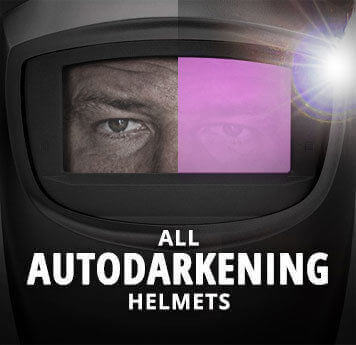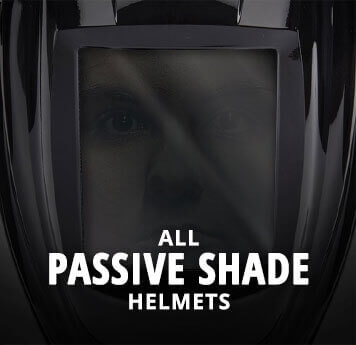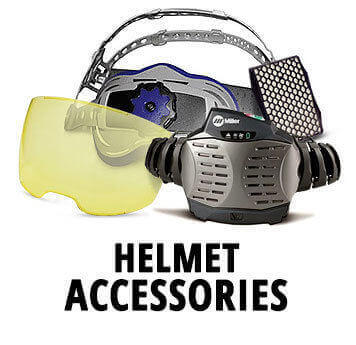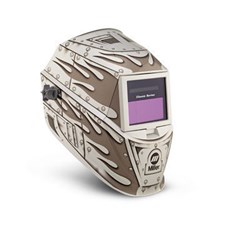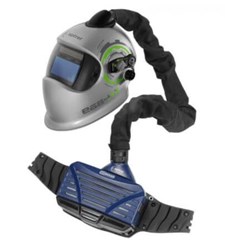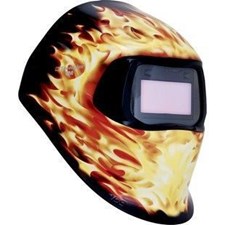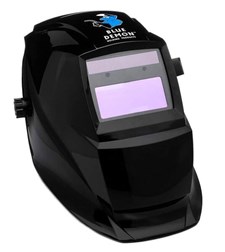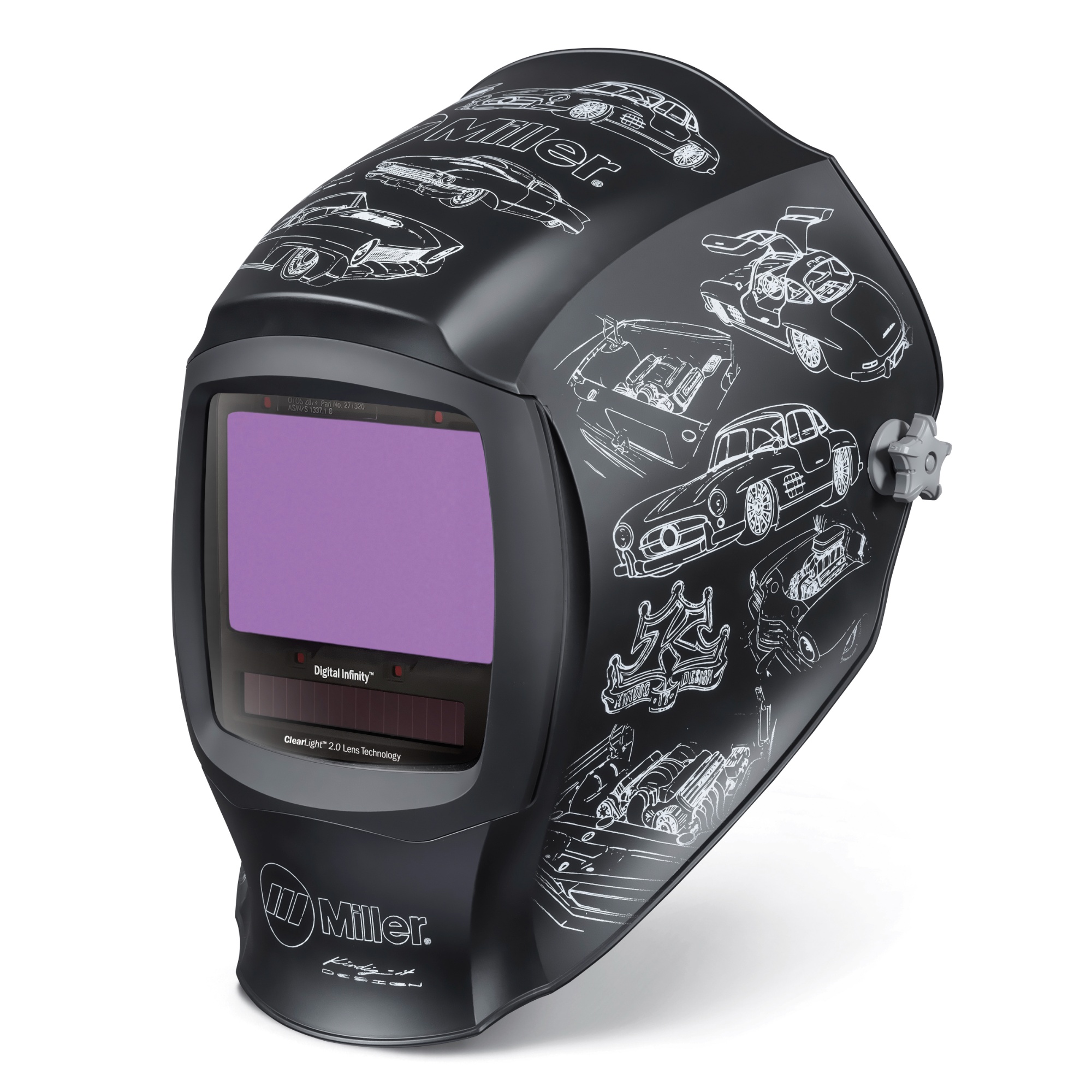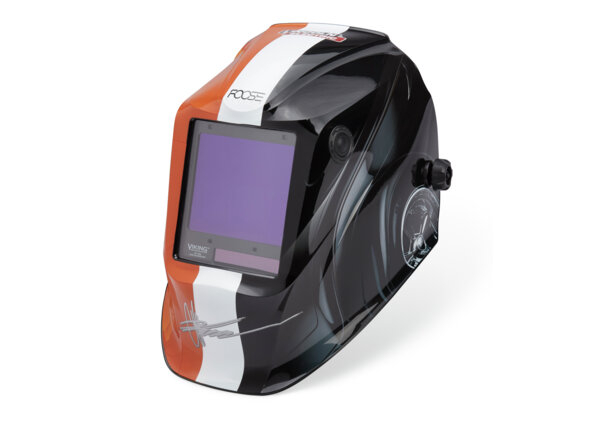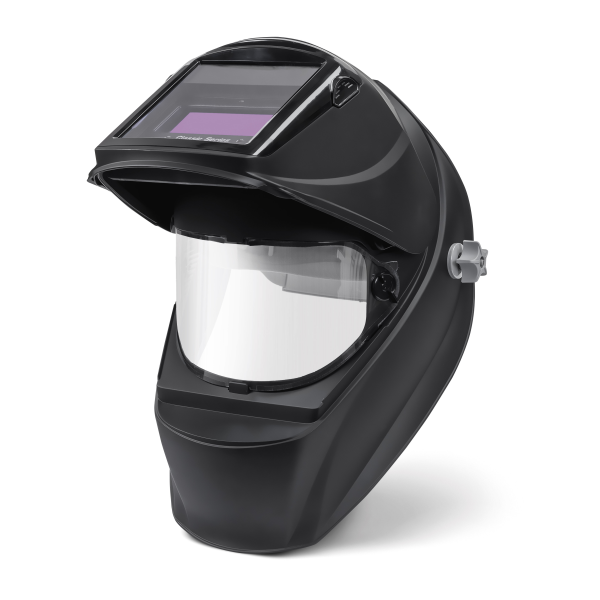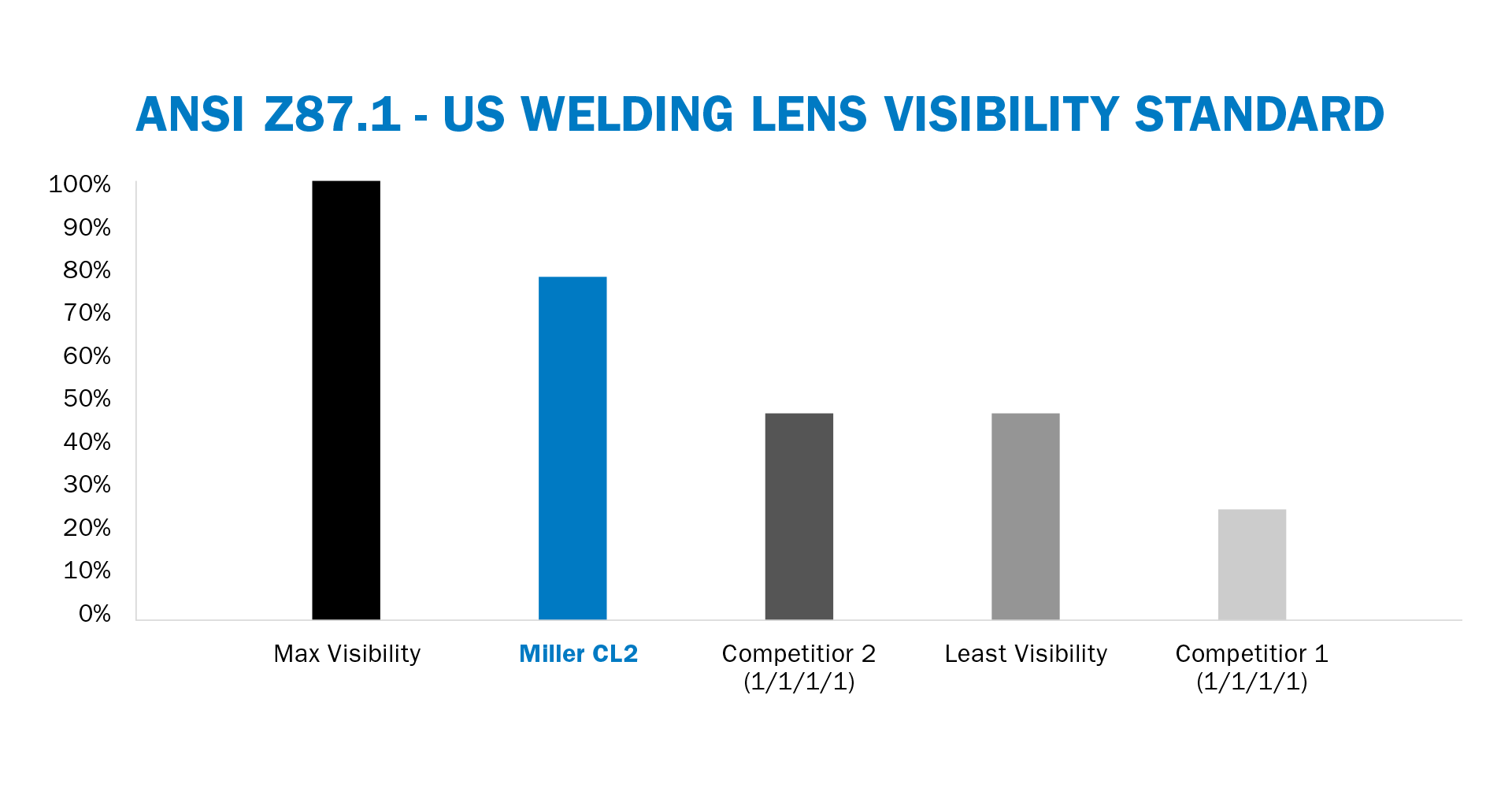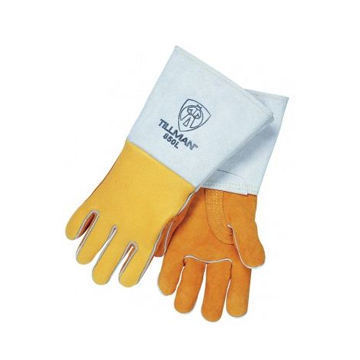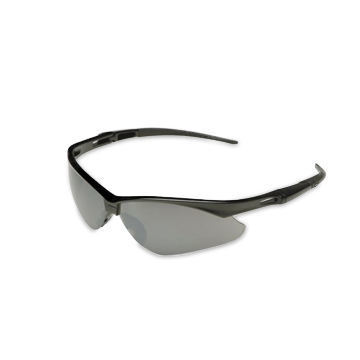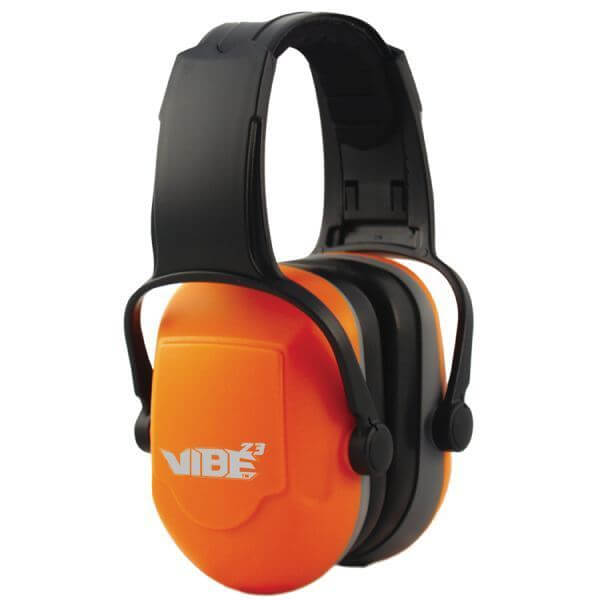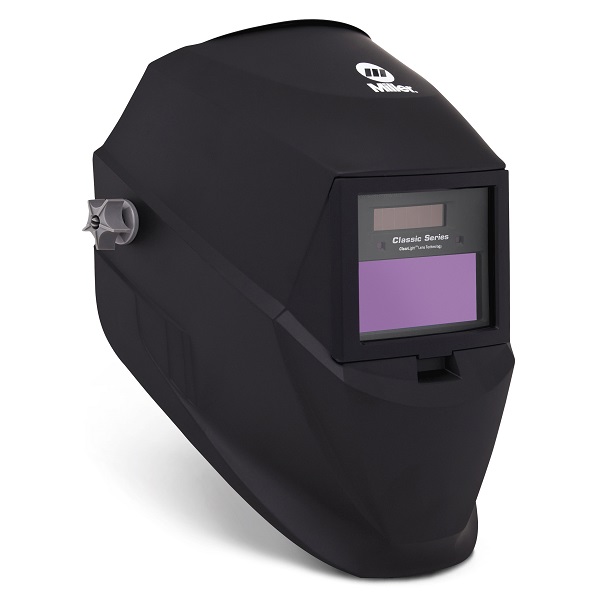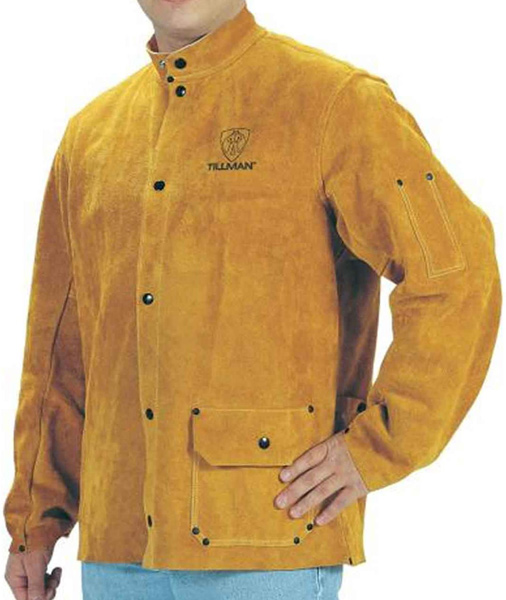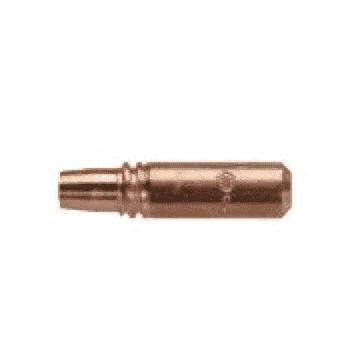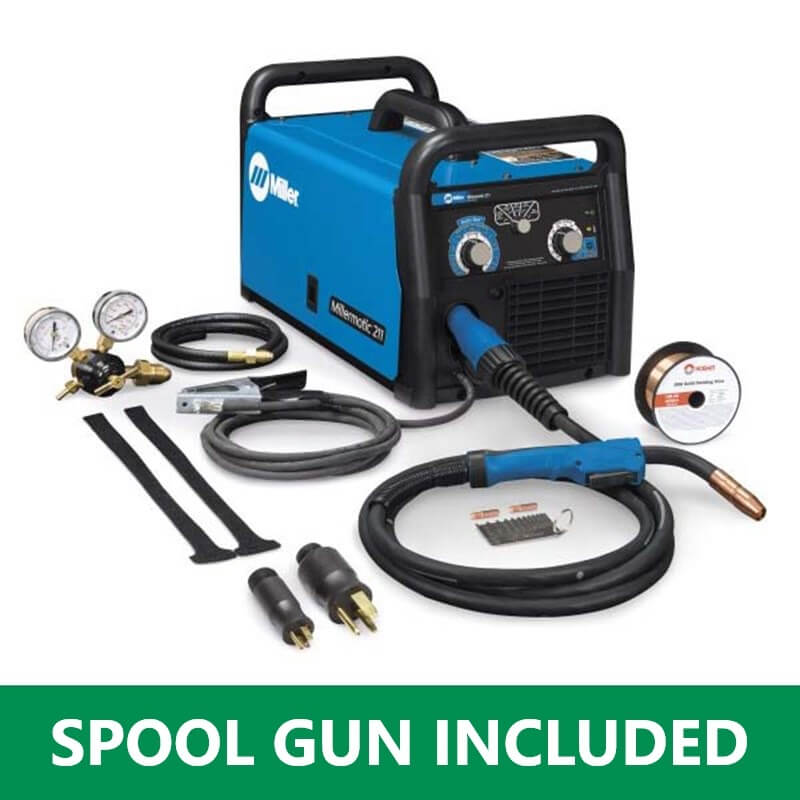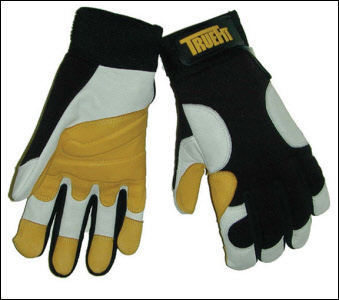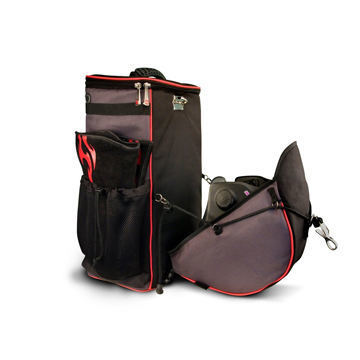Welding Helmets, Hoods & Masks
As a welder, your safety depends on having the right personal protective equipment (PPE). A quality welding helmet is arguably the most important tool in a welder's arsenal, protecting the eyes and skin from intense light, heat and sparks generated in arc welding. Enjoy fast, free shipping on all orders over $300 as a thank you for supporting a proud American business. See our 2024 Helmet Selection Guide for guidance in choosing your next welding helmet.
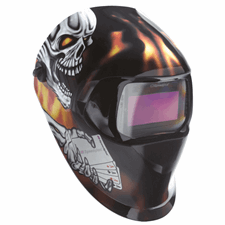
Our most popular welding helmets include:
How to Find the Best Welding Helmet
Whether you’re a welding professional or a hobbyist, choosing the right welding helmet is one of the most important decisions you’ll make. Welding helmets must provide adequate protection to your face and eyes while remaining comfortable enough to wear throughout the welding process. So what sets welding helmets apart? Welding helmets are differentiated mainly by price, shade style, comfort and style.
How Much Should You Spend On A Welding Helmet?
Some welding helmets can cost as little as $45 while others can cost nearly $3,000. The amount you should spend depends on what features are important to you. Welding helmet prices depend on their construction, whether they are auto-darkening or passive shade and any other optional features. For example, some welding helmets feature powered air-purifying respirators (PAPR) that deliver filtered air for the operator to breathe. PAPR systems can be necessary when welding in environments with little or no ventilation.
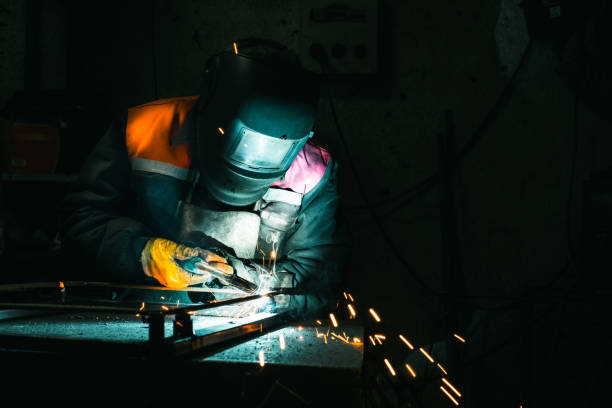
Auto-darkening Vs Passive Shade Helmets
The primary difference between passive shade welding helmets and auto-darkening helmets is the lens. With a passive shade helmet, the colored glass doesn’t lighten or darken, while auto-darkening helmets have lenses that automatically darken when you start your torch and turn clear when you shut it off.
Traditional Passive Shade Helmets
Many professional welders favor a traditional helmet with a glass lens and fixed shade. These traditional passive lens helmets provide inexpensive protection. But every time you want to examine your welds you have to lift the helmet, then re-position and secure it when you flip it down. It's a quick and simple movement, but multiplied by hundreds of times over the course of a day and it can use up a lot of time and energy and put a strain on your neck.
Auto-Darkening Helmets
Auto-darkening helmets not only protect against harmful light emissions, but the helmet’s shade easily changes back and forth between light and dark states without having to lift or completely remove the helmet. They're comfortable and come in a wide range of colors and graphics, so you can bring a bit of personality to work with you. Panoramic auto-darkening helmets add another layer of comfort and efficiency with a 180° field of view.
| Passive Shade Helmets | Auto-Darkening Helmets | |
|---|---|---|
| Pros |
|
|
| Cons |
|
|
| Examples |
Two Great Passive Shade Helmet Options: |
Two Great Auto-Darkening Helmet Options: |
Safety & Visibility Standards
When it comes to welding helmets, safety is king. Standards such as ANSI Z87.1 and CEN 1/1/1/1 ensure that welding helmets provide adequate clarity and protection for welders. Different brands utilize these standards to guarantee the quality and performance of their helmets.
ANSI Z87.1 - US Standard for Eye Protection
All welding helmets in the U.S. must comply with the ANSI Z87.1 standard, ensuring passive eye and face protection even if the lens fails. This standard mandates a light transmittance test to regulate visibility at each shade setting, measuring visibility from 0-100% (0% being no visibility, 100% being a clear view). Each lens shade must meet specified minimum and maximum light transmission percentages to ensure optimal clarity and eye protection, reducing fatigue. Compliance with ANSI Z87.1 guarantees both safety and performance in welding helmets.
CEN 1/1/1/1 - European Standard for Optical Clarity
You may have seen welding helmets advertised with "1/1/1/1" clarity. These numbers refer to the EN 379 CEN standard for optical clarity, and are required for auto-darkening welding helmets sold in Europe. Ratings evaluate the light quality and scattered light from the welding cartridge across four classes (x/x/x/x):
1. Lens distortion
2. Lens uniformity and impurities
3. Consistent darkness of the lens
4. Clarity and darkness consistency when viewing the arc at an angle
Helmet ratings range from 3 (lowest) to 1 (highest) and are expressed as x/x/x/x (e.g., 1/1/1/2). These optical clarity ratings are separate from ANSI welding helmet requirements.
Other Visibility Standards
Some welding helmet manufacturers use their own visibility standards. Miller helmets, for example, utilize ClearLight 2.0 technology, which provides even greater clarity and color accuracy than helmets that meet the 1/1/1/1 standard.
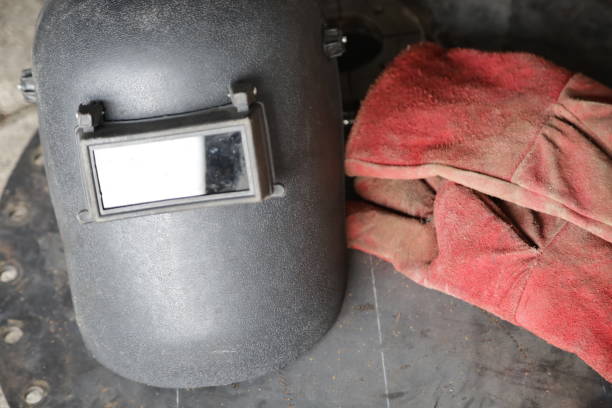
How A Welding Helmet Should Fit
Your welding helmet should fit snugly and securely against your head. Your helmet should only move when your head moves, and should not rattle when you move. When trying on a helmet, be sure to wear any bandanas or welding caps you would normally have on when you’re actually welding. Make sure the helmet is light enough and comfortable enough to wear for long periods. Lighter, more comfortable helmets will usually cost more but can be well worth it when you weld for extended periods.
Welding Helmet Styles
The pattern and design of your welding helmet should your unique style and personality. Are you a patriot? You’ll love Miller’s Digital Infinity Stars & Stripes helmet. Or perhaps you’ll prefer the badass look of the Departed Digital Infinity helmet. More of a minimalist? Check out the Miller Classic Series VSi helmet. Regardless of your style, you’ll find that cool welding helmet you’ve been looking for in the diverse selection available from Welders Supply.
Welding Helmet Accessories—Welders Supply Has Everything You Need
Whether it’s your first welding helmet or your fifth, it’s inevitable you’ll need to replace a lens or a battery holder. You may also want to add a respirator or a sweatband/strap pad. Welders Supply has virtually every helmet accessory available at the lowest possible prices. If you don’t see what you need, we’ll do our best to track it down for you.
Helmet Accessories Available at Welders Supply:
- Replacement headgear
- Replacement lenses
- Batteries and battery holders
- Respirators and replacement filters
- Sweatbands and pads
- Helmet bibs
- Ear and Neck protectors
Related Categories
Our welding helmet supplier carries an assortment of welding helmets for all different types of welding and applications. From flux core helmets to torch cutting, we've got it all:
- Helmets for TIG welding
- Helmets for MIG welding
- Welding helmets for better visibility
- Helmets for overhead welding
- Welding helmets for tight spaces
- Hard hat welding helmets







